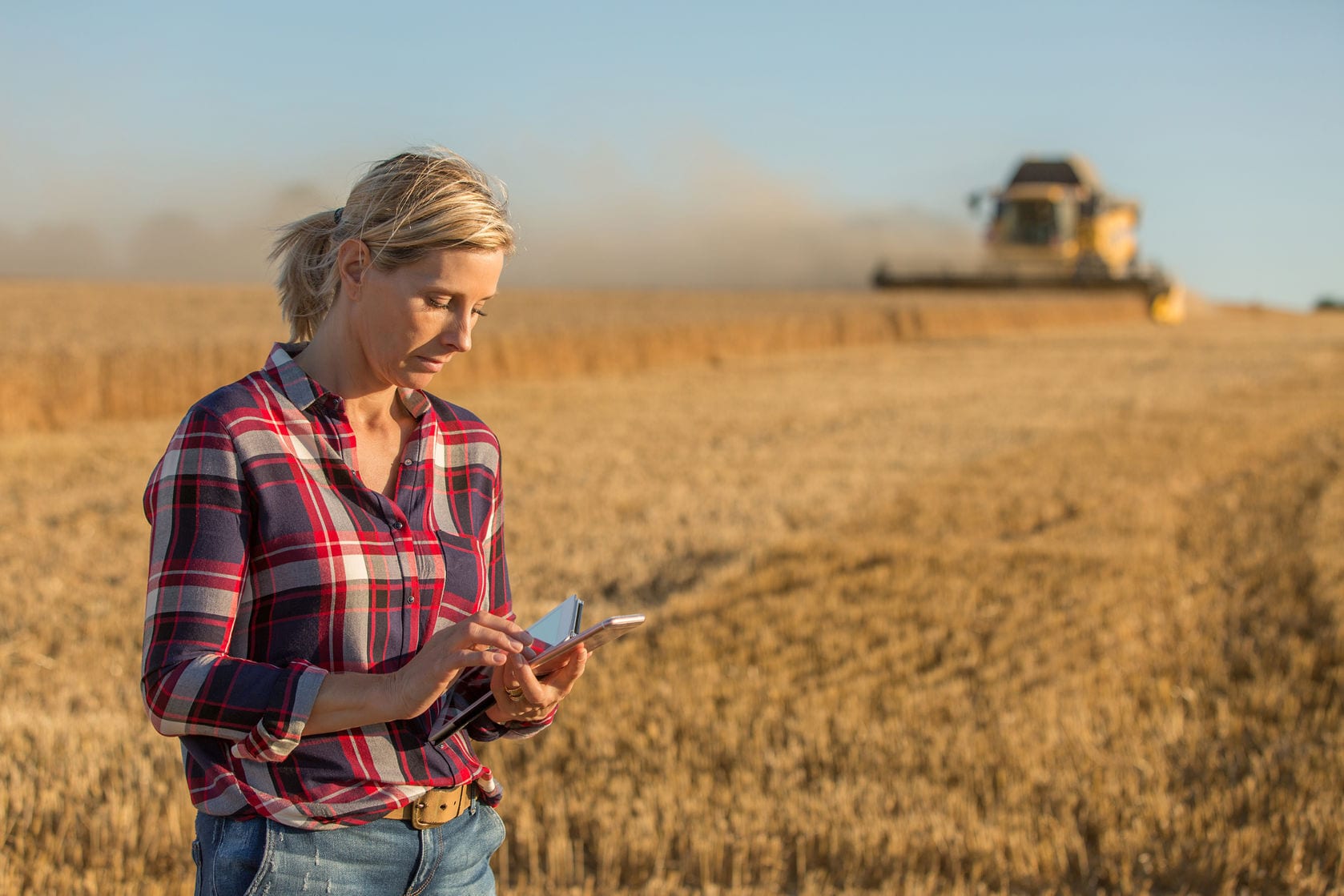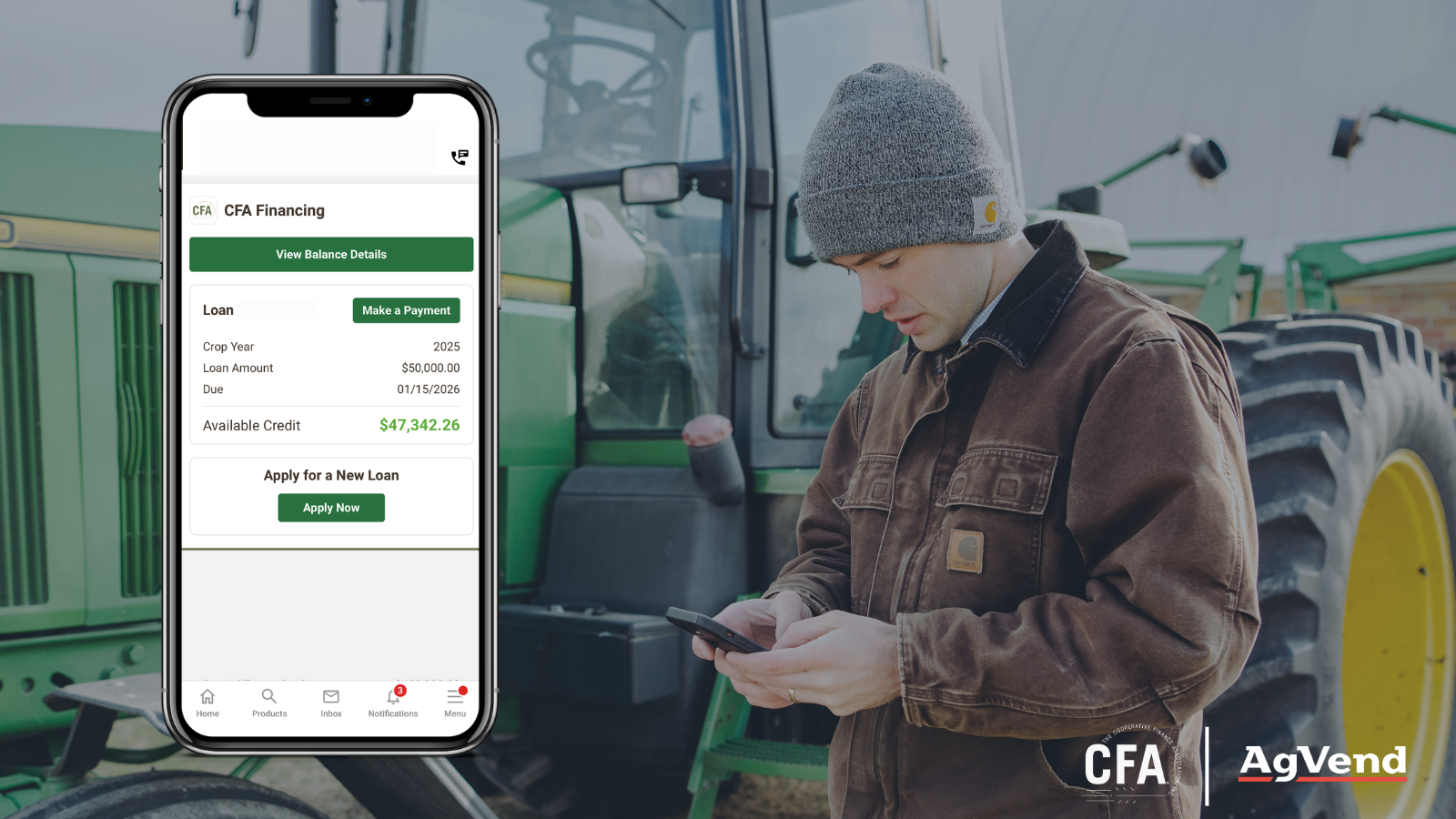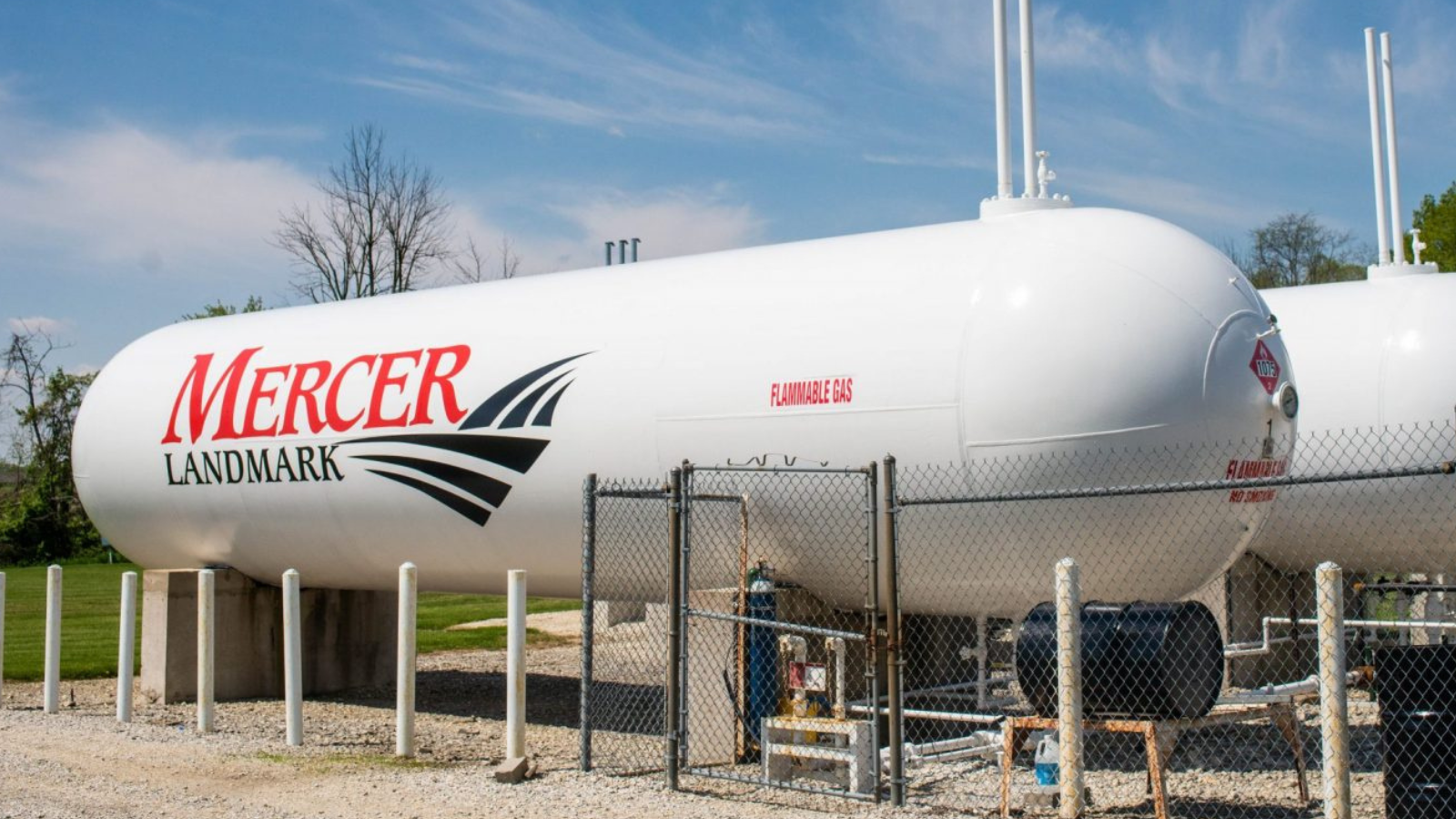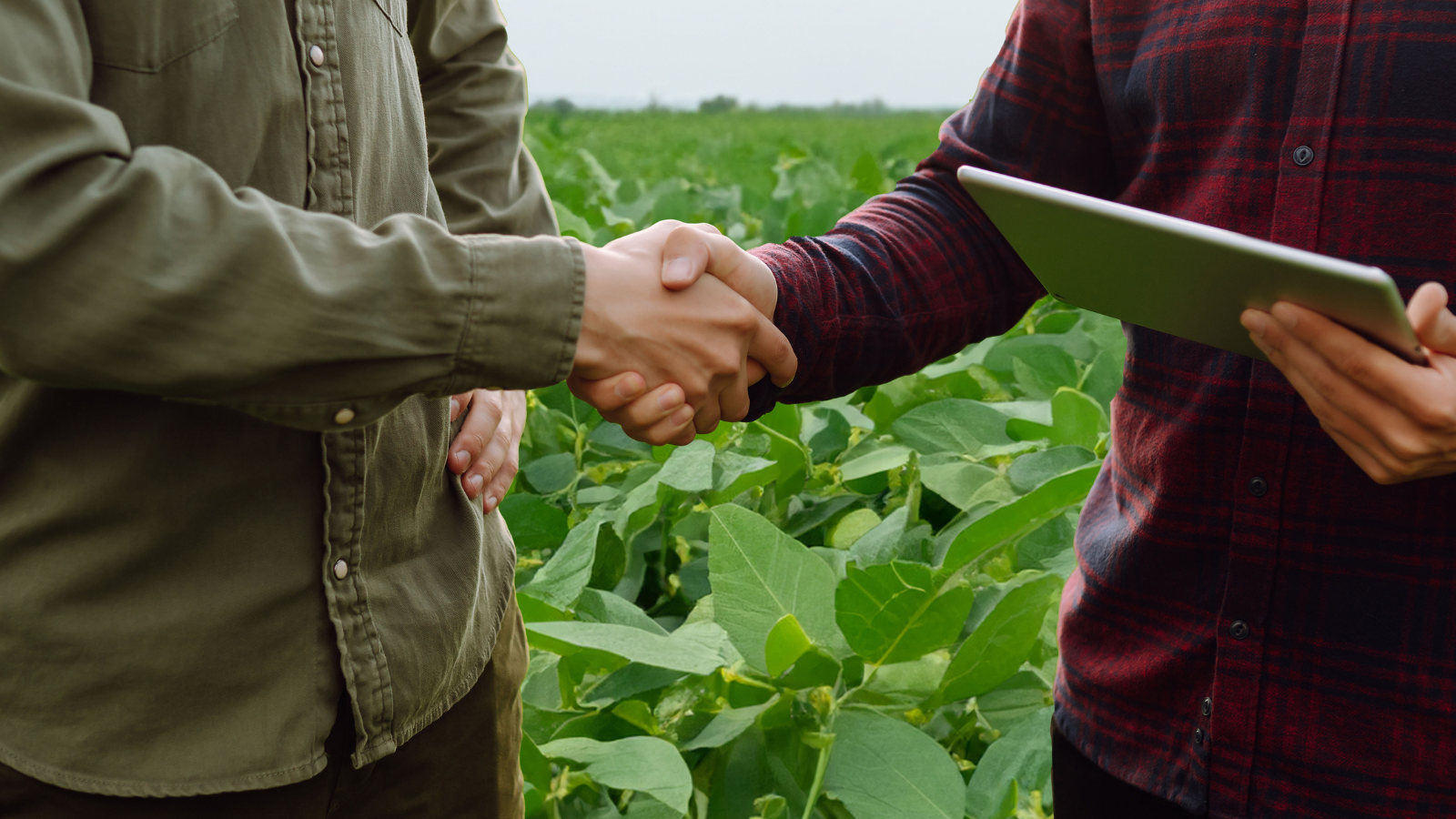
- December 8, 2021
The 5 Levels of Digital Adoption for Ag Retailers
How Will Digital Tools and Commerce Impact Ag Retailers?

That discussion has dominated the past few years. And for good reason: the transition to digital is one of the more fundamental shifts happening in agriculture, but also in the world at large.
Much of this conversation has centered around shifting sales to eCommerce. What’s often missed, though, is the broader opportunities digital transformation can provide an Ag Retailer.
For just a general overview, digital can help Ag Retailers with:
- Improved customer experience
- Centralized information (for the customers and sales teams)
- Better communication
- Pricing intelligence for more profitable sales
- Marketing and digital touch points
- Expansion into new markets
- Team efficiency
- Reduced costs of sales and back-office operations
- New profit centers (digital products, advertising)
Those are all critical for an Ag Retailer in the 21st century. For example, from an AgVend sponsored survey across our partners, we found that centralized and easy access was the #1 most important thing to growers. Customers are asking for these tools, so why not provide them?
Because, so often, the process feels overwhelming. Many organizations fall into the trap of wanting to tackle everything all at once, then failing to break things down into smaller, easier pieces—then nothing ever gets done.
To keep your team and customers from being overwhelmed, you’ll want your digital transformation to happen one step at a time. Each step should build off the last, and each should increase the value of the platform to everyone involved. Start with the low-hanging fruit, then use your momentum to keep building.
At AgVend, we work with our partners to customize their levels of digital adoption to bring the most value to their organization. Here’s a look at what those levels could look like:

Level 1: Get started
It can feel like a mammoth task to transfer everything over to a digital platform, learn new technology, and figure out which tools to use and when. But the most important first step? Just get the ball rolling. You can’t build a house without a foundation.
There are a few quick action steps you can take to get started:
- Align your team: make sure everyone understands the value the digital solution can bring (both now and in the future)
- Focus on the basics: make invoices, account balances, and prepay info available first
- Invite your customers: Not everyone will sign up right away, but you want to give the opportunity to all your customers. More will come as you continue to add value. We often hear retailers say they’re even surprised at which customers are interested!
- Centralize customer contact info: Usually contact details live in disparate locations, or in a sales rep’s phone, not available to everyone else. Consolidating all this information early on will make future communications and marketing efforts a breeze.
Level 2: Focus on meaningful interactions
Think of your digital platform as being made up of building blocks. You don’t just immediately have all the pieces put together from day one. But in the beginning, you have to get started with the most important, foundational ones that will set you up for future success:
- Start interacting with your customers digitally. Centralize all the “people” information, so it’s easier to access and build on. For example, if you’re in the agronomy department, at this point you would start moving order submissions online. This will streamline the order process for both your team and growers.
- Make eSigning of fertilizer and/or grain contracts available to all customers, simplifying those processes.
- On the marketing side, start to build up your digital presence with email, text messages, and app notifications. Use these tools to inform your growers about what’s going on with your company. Field days on the schedule, market updates, agronomic info, and seed plots are all great ideas of what to filter to your customers.
Level 3: Drive sales
Now that you’ve built out the basics on your digital portal, you can start fleshing out bigger ideas and more complex tools. This can be especially helpful to spark more sales:
- Start adding pricing and recommendations to the portal. Access to all that information makes things easier on the customers and provides more insight into the sales process. When buying is easier, sales flow faster.
- You can also begin tracking your sales goals digitally. Not only is this helpful to the company to stay on track with its goals—but it also motivates your sales team when they see their progress in real time.
- In the marketing department, begin using your digital presence to promote particular products. This builds awareness with your customers and drives more leads to your sales team.
- In finance, start providing access to loan balances and other financial programs to growers and sales teams. Everyone rests a little easier when that kind of detail is right at their fingertips, anytime they want it.
Level 4: Expand your business
Digital adoption isn’t just about making your current business operations easier: it’s about finding opportunities to grow.
As you build up your digital expertise and generate more data around your sales, customers, etc, you’re going to unlock new opportunities. Think about this: when you can pull all your customers’ agronomic or grain data, you get a better feel for their total wallet share. From that, you can start to identify new customer segments.
So what does building up that digital expertise look like?
- For agronomy, centralize all the info you share with customers (soil samples, scouting reports, imagery) into one easily accessible location. For the grain department, you could also condense all your market commentary into one location.
- On the marketing end, start building out longer term campaigns over several months, which will more efficiently drive sales across multiple products.
- From there, the sales team can use all the data about wallet share, finance, or agronomy you’ve been collecting to identify new customers and drive more business. For example, when our partners have used the Marketing Sales Driver Package to run product-specific campaigns, they’ve seen as much as a 60% increase in sales for that product.
- Start adding your finance applications online to simplify your back-office procedures (a win-win for everyone, including the bottom line).
All these building blocks start to form a more cohesive structure — one where the process of driving more sales is streamlined and easy (for all parties). Watch your organization start to expand from there.
Level 5: Customize and scale
Congratulations — after all that front-end work, at this step, you are becoming a fully digitally enabled Ag Retailer. By this point, customers are interacting with you digitally, your team operations are running efficiently, and you’re getting even better at further segmenting your audience. With all the info available, you can provide unique experiences at scale for your customers through tailored products, services, and promotions. Thanks to the engagement on your platform, launching new products or services will be simple.
What are some final steps to complete each segment of your digital experience?
- Tie in all aspects of your agronomy experience together by linking dispatch and delivery notifications into the experience.
- Enable your sales team to quickly add prospects to the portal and create new customer segments.
- Build out content calendars for each of your customer segments and adapt your marketing messaging and offerings to each.
- Drive growers to submit grain offers digitally, making it easier to reach them when market conditions change.
- Add new financing offers digitally that give customers more options and less overhead for your internal teams.
Digital transformation is not an overnight process — quite the opposite, often. But both your business and customers will see increasing benefits with these digital offerings each step of the way.
You’ll want to start small: getting your team on board, moving smaller tasks or tools online, inviting your customers. From there, flesh out the smaller building blocks into bigger ideas. Those early text messages you sent customers updating them on the market can start to turn into a more fully developed, long-term marketing campaign. All that work you did migrating customer contact info to a centralized location will become the foundation for more streamlined, efficient work from your sales team.
As the dominos start to fall, you’ll start to see all the opportunities a digital transformation carries. Data will shine a light on new customer segments. Easier sales processes and more strategic marketing campaigns will start to yield more sales. Soon enough, your business operations are humming along like a finely-tuned machine, and you’re experiencing more growth than would have been possible if you’d stayed in the old way of doing things.
No organization can jump straight to that part, however. It takes time, commitment, and resources from your whole team.
But what it takes most of all? The choice to just get started.
—
AgVend is the leading digital engagement platform to serve the producer of tomorrow. Our white-labeled information and commerce portals are designed to strengthen the relationship between the ag distribution channel and their grower-customers. The AgVend team is composed of individuals with decades of experience in agriculture, digital marketing, and enterprise software for the Fortune 500. Headquartered in Minneapolis, Minnesota, AgVend operates a distributed organization model with local coverage in all major US and Canadian ag regions.


